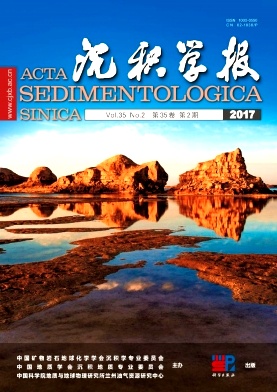Research of the Origin of Network Structure in the Ordovician Pagoda Limestone: Advances and New Discovery
doi: 10.14027/j.cnki.cjxb.2017.02.004
- Received Date: 2016-12-08
- Rev Recd Date: 2017-01-27
- Publish Date: 2017-04-10
-
Key words:
- Ordovician /
- Pagoda limestone /
- network structure /
- the explanation of origin
Abstract: Pagoda limestone, which is widely distributed in Yangtze area, refers to a set of micritic limestone or bioclastic micritic limestone in Ordovician Pagoda Formation. The unique network structure is developed pervasively throughout the entire Pagoda Formation in bedding-plan view, and these networks are similar to turtle shell or horseshoe, so it is also known as "turtle-shell cracks" or "horseshoe cracks". In this study, combining with the field survey in Tangjiahe section of Wangcang in Sichuan province, we systematically reviewed the literature on the issue of the unique network structure, and summarized the main views about the explanations. Up to now, agreements have been achieved that the cracks should not be considered as an evidence of desiccation during surface exposure; biogliph, hardground and other origins are lack of evidence; while syneresis, diagenesis and other causes are still in heated discussion. In addition, some new phenomena were observed on Tangjiahe section, for example, we found the black fine lines on the bedding surface of gray Pagoda limestone. Both the existing problems and the new findings may boost the study on the origin of the special network structure in Pagoda Formation. They can also help improve our understanding of the mechanisms of the special networks.
| Citation: | LIAO JiJia, MA SiHao, LIAO MingGuang, XIAO XueWei, LIN Dan, HE WenLiang, LIAO JiHao. Research of the Origin of Network Structure in the Ordovician Pagoda Limestone: Advances and New Discovery[J]. Acta Sedimentologica Sinica, 2017, 35(2): 241-252. doi: 10.14027/j.cnki.cjxb.2017.02.004 |






 DownLoad:
DownLoad: